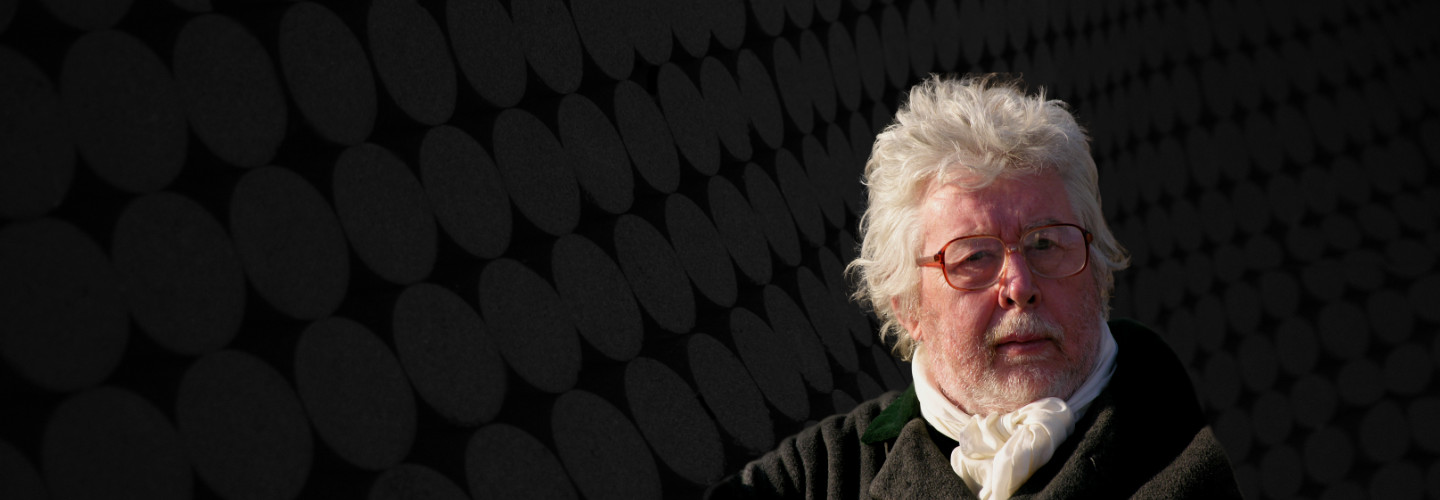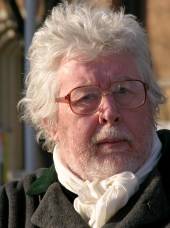


Sir Harrison Birtwistle
Chorales
Short instrumentation: 3 3 3 3 - 4 4 3 1 - perc(5-6), hp(2), cel, str
Duration: 20'
Instrumentation details:
3 fl (+ picc), 3 ob (3. + c.a), 3 Kl (2. + cl(Eb), 3. + bass cl), 3 bs (3. + cbsn) - 4 4 3 1 - perc(5-6) (also timp, glock, xyl, vib), 2 hp, cel, str
Printed/Digital
Translation, reprints and more

Sir Harrison Birtwistle
Birtwistle: Chorales for OrchestraOrchestration: for Orchestra
Type: Studienpartitur (Sonderanfertigung)
Print-On-Demand
Only when he was satisfied that external influences had been thoroughly assimilated, and that his own style had begun to gel, did Birtwistle begin composing with a view to getting public performances. It was a slow start: Refrains and Choruses for wind quintet was completed in 1957, but its successor, Monody for Corpus Christi, appeared only in 1959. The next year, however, Birtwistle conceived the idea of a much more ambitious orchestral work, which he finished in 1963. Chorales, as it became, was stimulated initially by a series of paintings by Picasso, themselves constructed around details from Velasquez's Las Meninas; later in the gestation period Birtwistle came upon The Martyrdom of St Catherine by Pieter Brueghel the Elder, in which he found further parallels with his own preoccupations.
In these paintings both Picasso and Breughel were concerned with the proliferation and obscuring of detail; in the Martyrdom, for instance, the nominal subject must be sought out among the richly observed landscape which Breughel presents. Similarly, in Chorales Birtwistle creates music that is crammed with detail, a flux of instrumental lines that appear initially to be all of equal significance, and only gradually reveals the true 'subject' of the work, the one chorale around which all the rest revolve.
The journey of discovery is cast in four sections that play continuously for approximately twenty minutes. Each section begins with the focus on a single pitch and moves progressively outwards to include ever larger in- tervals. The constantly intricate texture, in which the whole orchestra is used without remission, creates an ever-changing background against which events stand out in relief, the first example in Birtwistle's music of an imagined 'landscape'. The chief event towards which the whole of Chorales is directed occurs in the final section, when the main chorale is presented at last for all to hear, first harmonized in rhythmic unison and later in bare, multiple octaves.
The composer had to wait until 1967 to hear a performance of his first orchestral work; by then his music had moved on significantly. It remains, nevertheless, remarkably prophetic of his later pieces, not least in its direct borrowing of visual ideas to furnish an essentially abstract musical argument.
